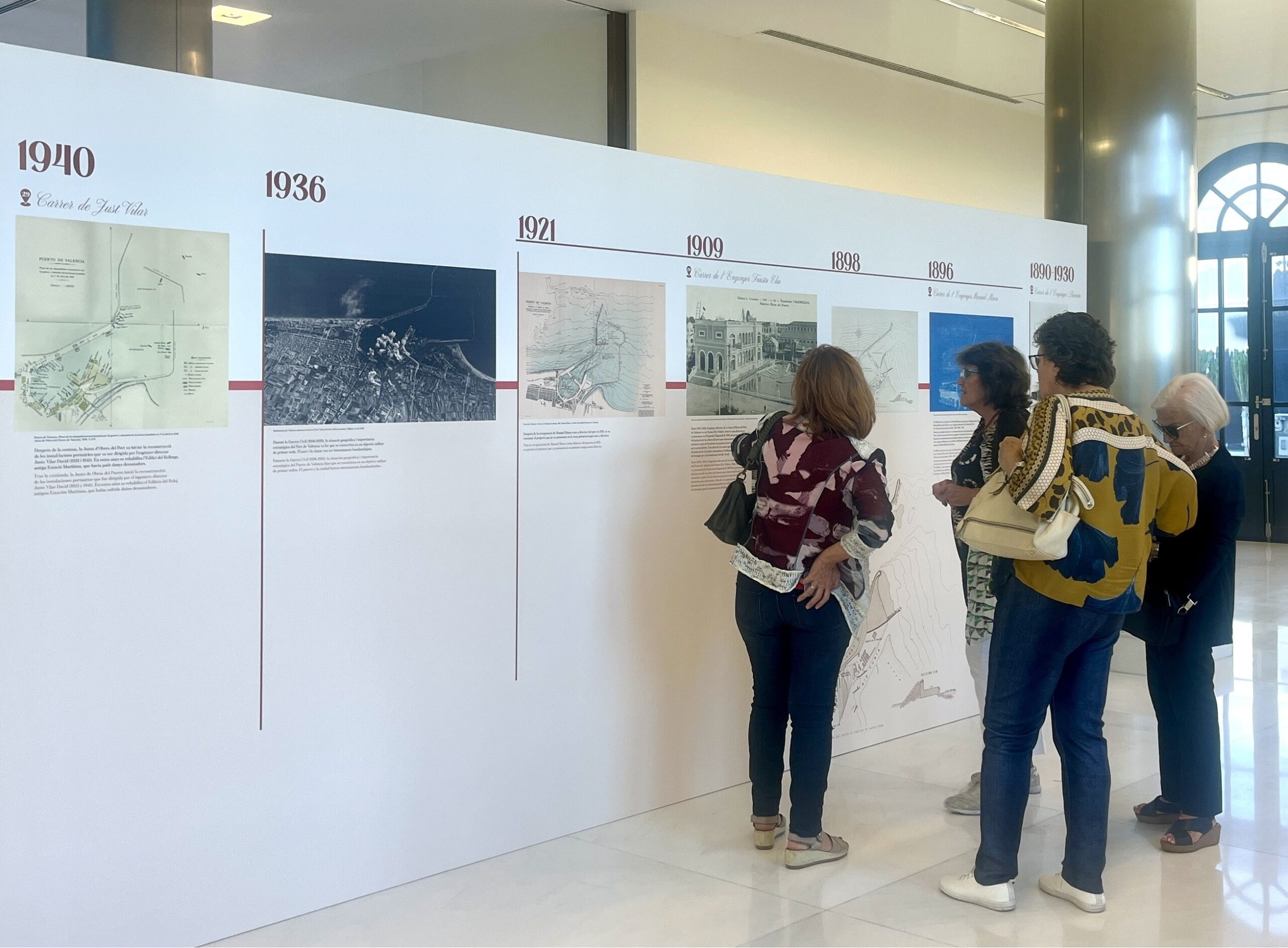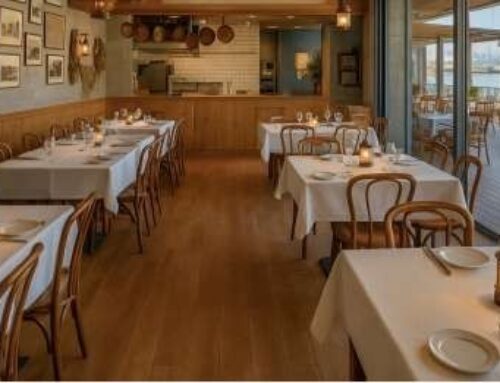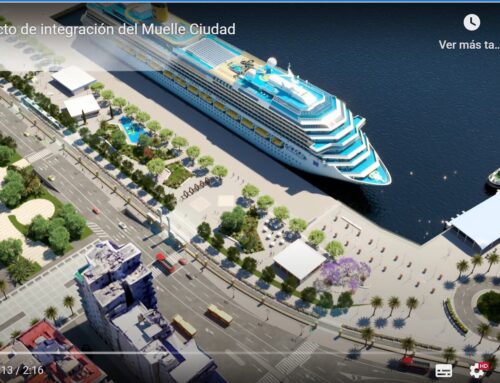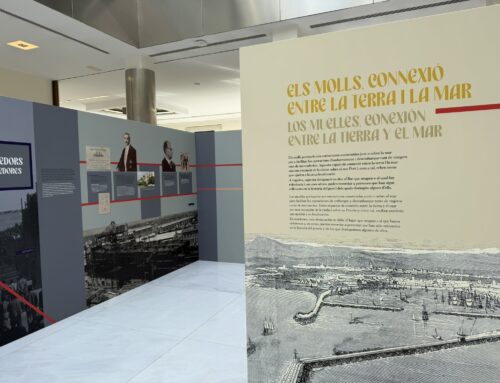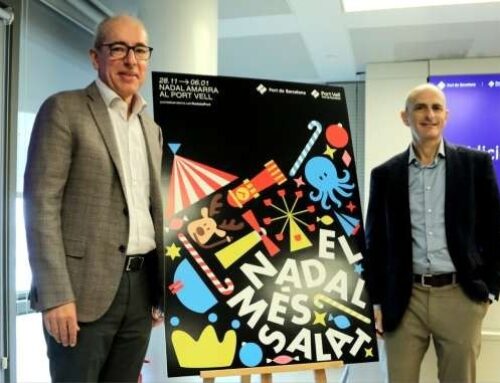More than one thousand people have visited Valenciaport’s exhibition “El Marítim, a peu de carrer” during its first week open to the public. The exhibition seeks to bring to residents and visitors the living memory of the “poblats de la mar,” València’s seafaring neighborhoods whose identity has always been linked to the Mediterranean and which give many of the city’s streets their names.
Despite the stormy weather during the opening days, a large number of visitors have come to the Clock Building, which hosts the exhibition. Admission is free, and it remains open until November 9, with visiting hours from 11 a.m. to 7 p.m., Monday through Sunday.
The exhibition takes visitors on a journey through panels featuring texts and historical images about fishing, trade, coastal defense, and leisure — all key factors in shaping both the port community and the city of València itself, whose street map preserves part of this maritime and port history.
As in every city, street and square names are a living reflection of its past. In this case, the exhibition highlights and celebrates the origins of several current toponyms linked to València’s Maritime District, which was formed at the end of the 19th century through the annexation of neighborhoods such as La Malva-rosa, Poble Nou de la Mar, Cap de França, Cabanyal, Canyamelar, Vilanova del Grau, and Natzaret.
A tribute to the anniversary of Blasco Ibáñez’s “Flor de Mayo”
The exhibition coincides with the 130th anniversary celebration of the novel “Flor de Mayo” by the Blasco Ibáñez House Museum (Casa Museu de Blasco Ibáñez). This early work by the Valencian author portrays life in the rural outskirts of València as well as the urban life of the late 19th century, vividly depicting the city’s streets.
Valenciaport wanted to join in this commemoration and did so within the framework of the exhibition. During the first week, the Clock Building hosted a cultural evening dedicated to Blasco Ibáñez — the first of several events organized by the House Museum to honor both the work and its author.
The event featured the conference “Flor de Mayo: de la novel·la per entregues a l’escenari fílmic” (“Flor de Mayo: from serialized novel to the film screen”), which explored the journey of the work from its original serialized publication to its various film adaptations. The speakers were Emili Sales, head of the Blasco Ibáñez House Museum, and writer and lecturer Carlos Aimeur.
Aimeur, an expert on the Valencian author’s work, has studied the lesser-known side of Blasco Ibáñez through the analysis of several unpublished scripts, including Flor de Mayo. Blasco Ibáñez recognized the expressive possibilities of cinema and decided to use it as a narrative medium, actively participating in its early development. His pioneering role in cinema has often been overshadowed by his political, literary, and human dimensions.
Activities for the whole family
The exhibition is designed to appeal to visitors of all ages. In addition to its informative panels, it includes activities for the whole family — especially for children, who can take part in creative workshops inside the Clock Building.
At tables and chairs made from recycled fishing nets, boys and girls have been able to color illustrations inspired by the exhibition and display them in the space, creating their own mini-exhibition.

